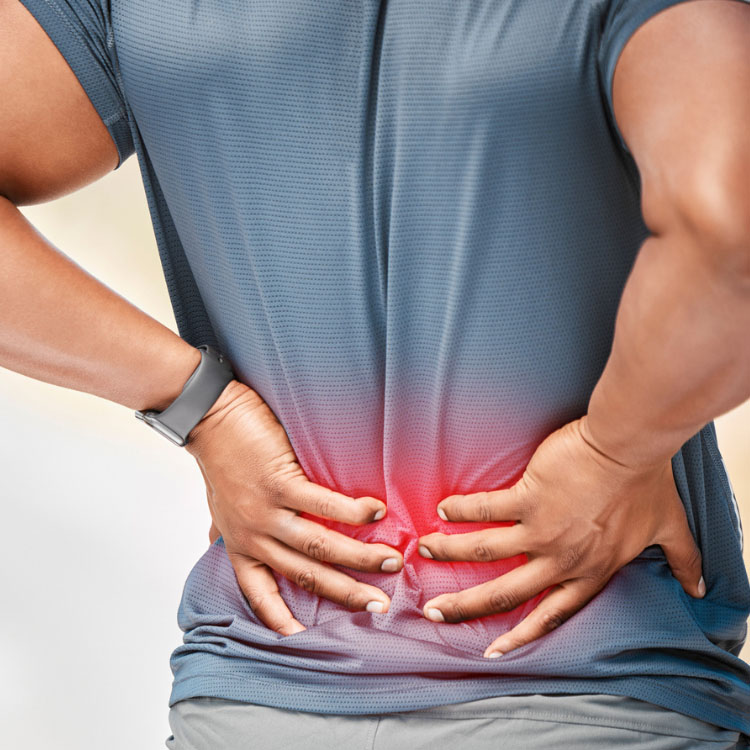Extruded Disc Causes and Symptoms
The most common symptom of an extruded disc is back or neck pain, which may worsen when sitting, bending forward, coughing, or lifting objects. Some individuals also experience numbness, tingling, or weakness in the arms or legs, depending on the location of the affected disc.
Causes
- Natural degeneration of intervertebral discs due to aging
- Traumatic injuries from high-impact sports or motor vehicle accidents
Diagnosis and Treatment for Extruded Discs
To determine the source of pain, a doctor will conduct a physical exam and often order an MRI to visualize the affected disc. In cases where an MRI does not clearly show disc extrusion, a discography may be performed, where dye is injected into the disc to assess damage.
Treatment Options
- Cold and heat therapy to reduce inflammation and improve circulation
- Physical therapy to strengthen the spine and improve mobility
- Epidural injections to help manage pain and inflammation


